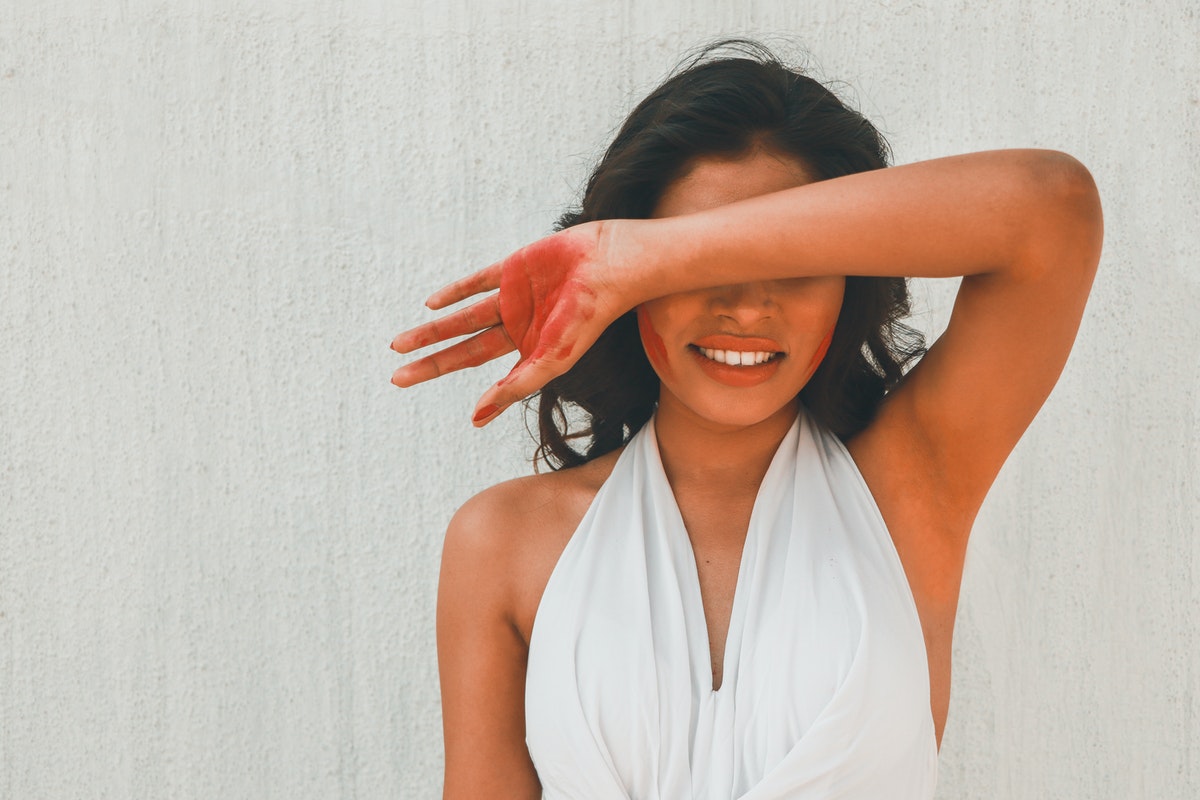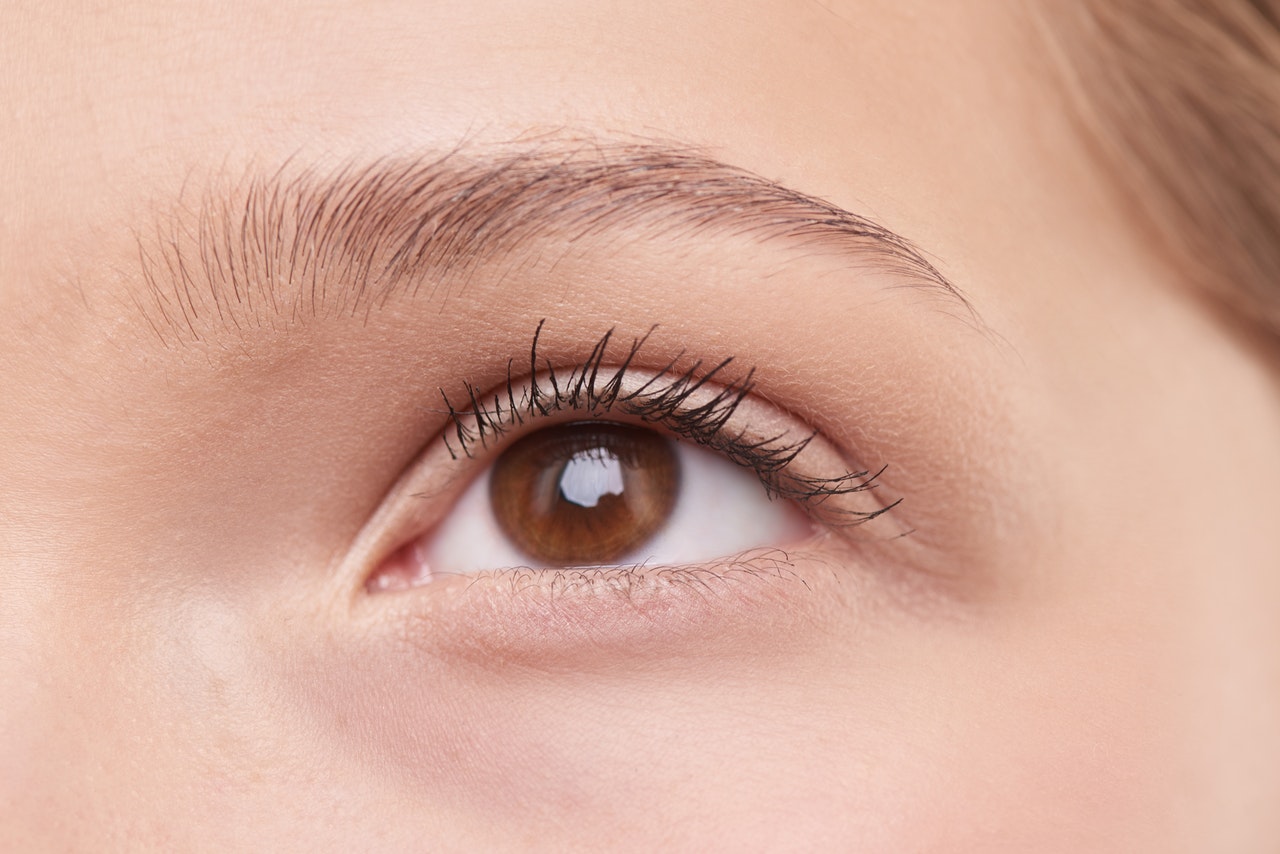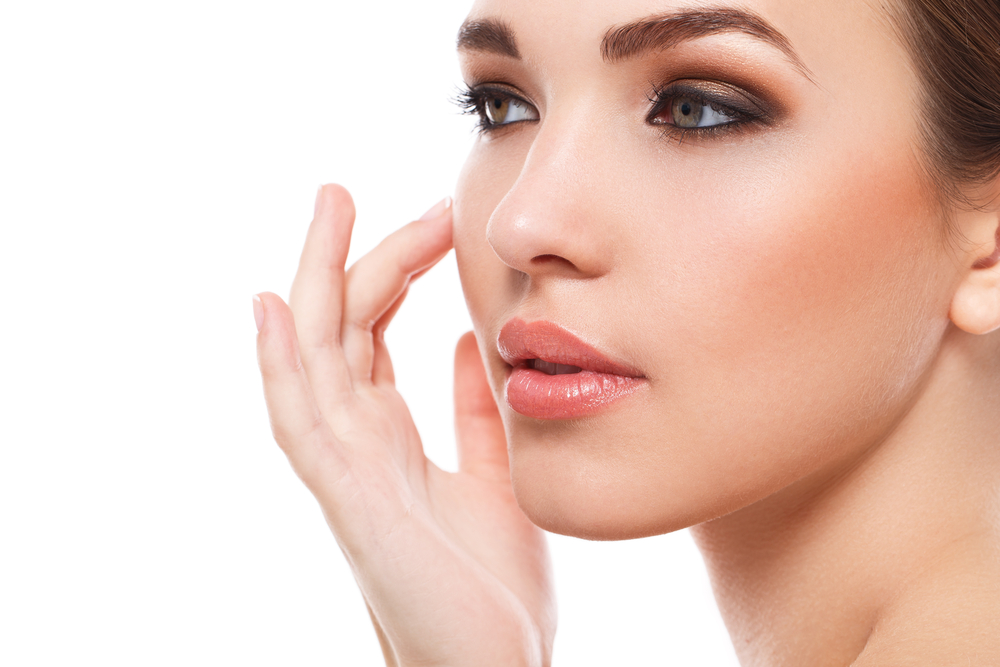Serious health issues aside, armpit fat can be a real problem for some. Statistically, the…
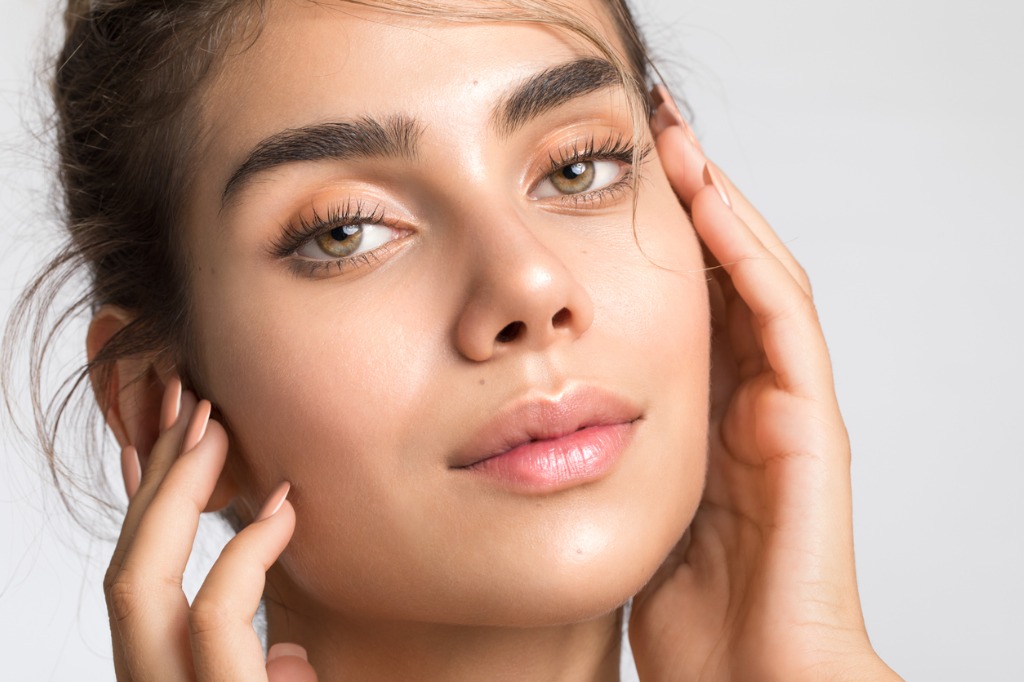
Microblading Aftercare for Timely Healing and Long-Lasting Results
Eyebrow thinning is a natural part of aging. Beginning at around 40 years old, eyebrows start to thin as levels of testosterone in men and estrogen in women gradually decline. These hormones affect not just the hair growth cycle but also the structure of hair follicles.
There are other factors that contribute to eyebrow thinning and patchiness. These include:
- Skin conditions like atopic dermatitis, contact dermatitis, and seborrheic dermatitis
- Thyroid disorders like hypothyroidism and hyperthyroidism
- Fluctuating hormone levels during pregnancy and childbirth
- Nutrient deficiencies, such as lack of protein, zinc, biotin, or iron
- Telogen effluvium
- Autoimmune diseases, such as alopecia, psoriasis, and lupus
- Trauma, such as burns and injuries to the eyebrow
- Over-tweezing or pulling that damage hair follicles
- Medication
For some people, especially younger individuals with thinning eyebrows, it’s possible for eyebrow hairs to grow back naturally. And if they don’t, many opt to undergo a microblading procedure.
Performed by a trained technician, microblading fills in the sparse parts of the brows by drawing hair-like strokes. The technician uses a bladed tool with pigment, resulting in a natural, full eyebrow look that lasts for a long time. Unlike traditional cosmetic eyebrow tattoos that are permanent, microblading results are semi-permanent.
Microblading is a safe process with minimal discomfort. It also produces results that last between 18 and 30 months. Like any tattoo-like process, though, you need to take extra care of your brows after undergoing a microblading procedure.
We share microblading aftercare tips below for faster healing time and longer-lasting results.
Right After the Procedure
Your brows may secrete excess lymph fluid for hours after the procedure, which can result in buildup and scabbing. Gently blot the area with a clean tissue.
You can also minimize the scabbing by wetting a clean cotton ball with distilled water and dabbing it onto your microbladed brows a few times per hour for the remainder of the day.
Most importantly, make sure not to put any cosmetic products onto or around your brows.
The Week After the Procedure
Clean the microbladed areas twice daily for the week following the procedure. Using clean fingertips and mild antibacterial soap, gently cleanse your brows for about 15 seconds. Avoid scrubbing the area down or using cleansing products with exfoliants or acids like AHA and BHA.
Rinse the area thoroughly but gently, making sure no trace of soap remains on your brows. Then, dry the area completely by blotting it with clean tissue.
Your microblading technician will give you an aftercare lotion or ointment for the microbladed area. Using a clean finger, apply a small amount to your brows.
Do this only twice a day, after cleansing your brows. Any more and you risk suffocating the skin and interfering with the natural healing process of the microbladed areas.
Two Weeks After Procedure
Eight days after your microblading procedure, you likely won’t need to apply aftercare ointment anymore. However, you should continue gently washing your brows every morning and night.
The area may still scab or itch, despite cleansing and the application of aftercare ointment. Make sure not to pick at the scabs or scratch the eyebrow area. After two weeks, the skin will be on its way to fully healing.
Dos and Don’ts for Microbladed Brows
By following the aftercare instructions above, side effects such as redness, itching, and scabbing can quickly disappear. Still, for up to 30 days, follow the instructions below to help your microbladed brows completely heal:
- Do not soak the area in the bath, pool, or hot tub
- Do not swim in salt water or chlorinated pool
- Do not go to a sauna or perform hot yoga
- Do not expose the microbladed area to direct sunlight
- Do not touch your brows excessively, unless you’re cleaning them
- Do not let your hair or bangs rub excessively against your brows
- Do not apply makeup directly onto the brows
- Do not put chemical skincare products onto or around the brows, like moisturizer or sunscreen
- Do not get any other facial treatments or procedures, such as chemical peels
- Avoid drinking excessive amounts of alcohol as it can slow down the healing process
- Avoid driving with the windows down or riding in open-air vehicles
Meanwhile, you should also know what you should do in the 30 days following your microblading procedure:
- Keep your face away from the showerhead when showering to prevent undue pressure on your brows
- If you’re exercising, make sure to wear a sweatband to prevent sweat from soaking your microbladed brows
- Pat your brows dry with a clean, soft tissue when they get wet
- Use sunscreen when going out only after 30 days
- Let scabs fall off on their own instead of picking them
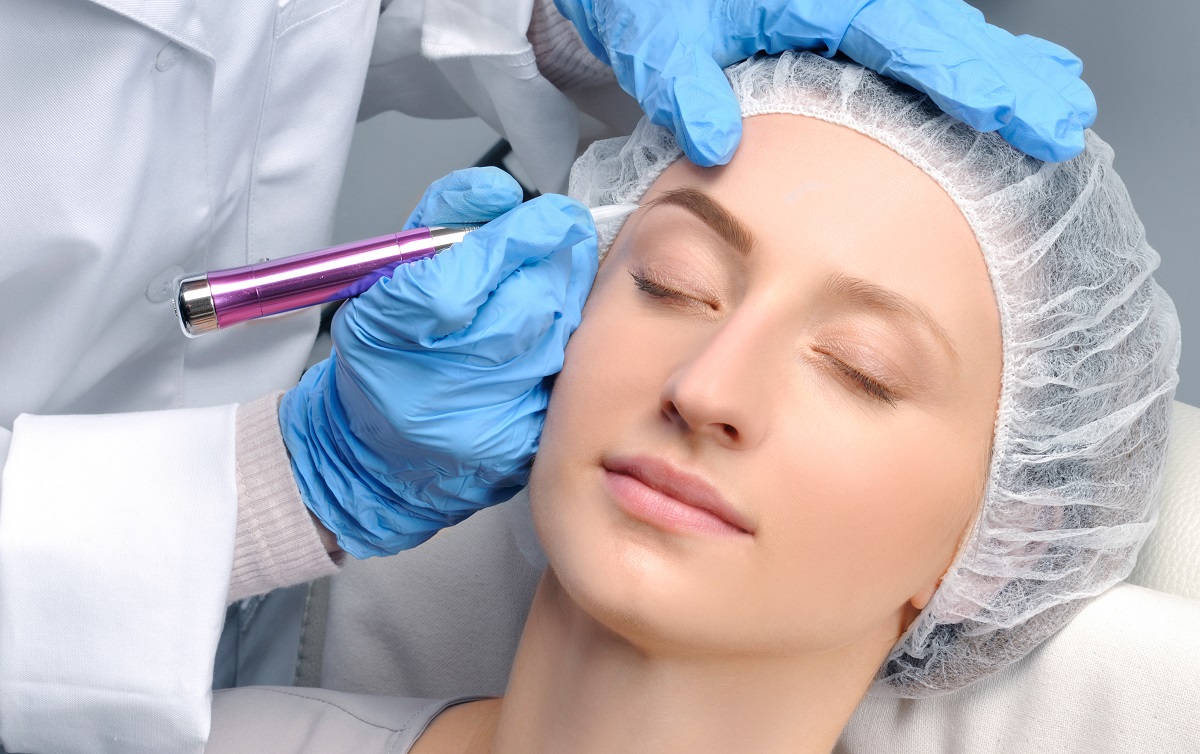 Possible Complications After the Procedure
Possible Complications After the Procedure
As with other forms of cosmetic tattooing, microblading can have short-term side effects, such as:
- Tenderness
- Slight bleeding
- Darker brow appearance
- Mild bruising
While microblading is a low- to no-risk cosmetic procedure, more serious complications can develop, such as infections and allergic reactions, especially if aftercare instructions are not followed properly.
Symptoms of infection may include:
- Redness
- Itchy bumps within the microbladed area
- Worsening pain
- Open sores
- Pus
- Chills
- Fever
Meanwhile, symptoms of an allergic reaction may include:
- Redness
- Itching
- Swelling
- Blisters
- Lumps
- Scaly patches
- Skin crusting
- Watery fluid
Though they rarely happen, especially if you go to a microblading professional, should you notice any of these symptoms, see a doctor or dermatologist as soon as possible.
What’s important, though, is to use caution and carefully follow your microblading technician’s instructions about caring for the skin of your brows after the procedure.
Restore Your Eyebrows and Your Confidence
Brows have a big role in defining a face, so thinning brow hairs can result in loss of confidence. But with microblading, you can keep your head up. It’s an easy and affordable eyebrow restoration solution for people experiencing eyebrow thinning or hair loss.
For natural-looking microblading results, turn to Vargas Face & Skin Center. Our team, headed by Dr. Hannah Vargas, is dedicated to restoring patients’ confidence along with their eyebrow hair.
Schedule an appointment today.

